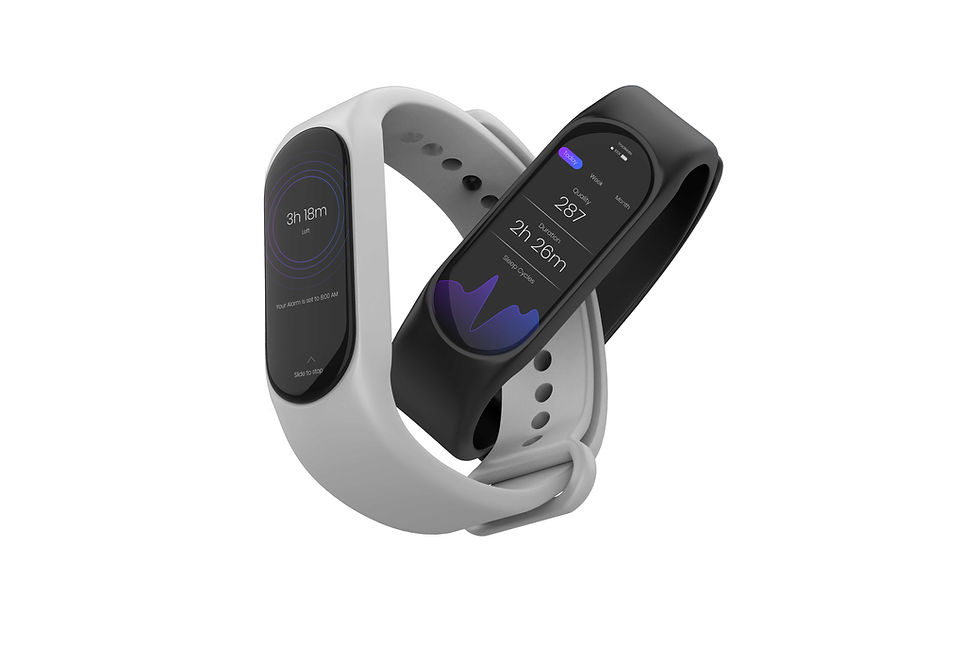Utilizing Wearable Technology
- RCB & Associates, LLC
- May 16, 2022
- 2 min read

Wearable technology isn’t a new feature. For years, personal gadgets such as smartwatches have been gaining popularity among people who want better insight into their health trends. According to Pew Research Center data, nearly 1 in 5 Americans (21%) say they regularly wear a smartwatch or fitness tracker. In fact, wearable technology has grown so commonplace that employers have been exploring ways to leverage it among their workforces.
What Qualifies as “Wearable Technology”?
“Wearable technology” typically invokes images of smartwatches or fitness trackers, but it isn’t limited to those electronics. Rather, wearable technology can be any device kept on someone’s person that connects to the internet and logs activity—even a cellphone can be considered wearable technology.
Typically, such devices interface with apps or websites that present tracked data in a readable or visual format. For instance, a smartwatch might track someone’s heart rate during a workout; the person wearing the device could then go to their corresponding phone app and see a graph of their average heart rate for the week.
Where Might Wearable Technology Be Used?
In recent years, wearable technology has evolved from the realm of personal activity monitoring into a viable business solution. Essentially, workplaces are looking into how they might be able to leverage this technology to improve efficiencies and employee health.
Manufacturing and warehousing employers have been among the first to widely use wearable technology. Some of these employers are exploring technology that monitors how workers physically move when accomplishing daily tasks as a way to identify and prevent ergonomic issues. Other employers are using devices to help employees track their work schedules, communicate with co-workers, and find products located in a store or warehouse.
Beyond workflow efficiencies, wearable technology has also seen adoption among workplace wellness plans. Some employers provide fitness trackers to employees as a way to incentivize healthier habits. Workplaces may even offer prizes based on monitored data, such as most steps walked in a week.
Why Should I Consider Using Wearable Technology?
Beyond helping you accurately track your productivity, these devices can help you keep in touch with co-workers, access your schedule, and monitor your health.
Does This Mean My Workplace Can Always Track Me?
Your employer won’t be monitoring you outside of your working hours. There are a number of laws that determine what kinds of data your employer can track. Ultimately, if you’re uncertain about what data your employer will collect (and when) through wearable technology, ask your supervisor.
Conclusion
Wearable technology can be a great way to improve your workplace efficiency and overall well-being. Reach out to your supervisor to learn more about your wearable technology program and available devices.












































Comments